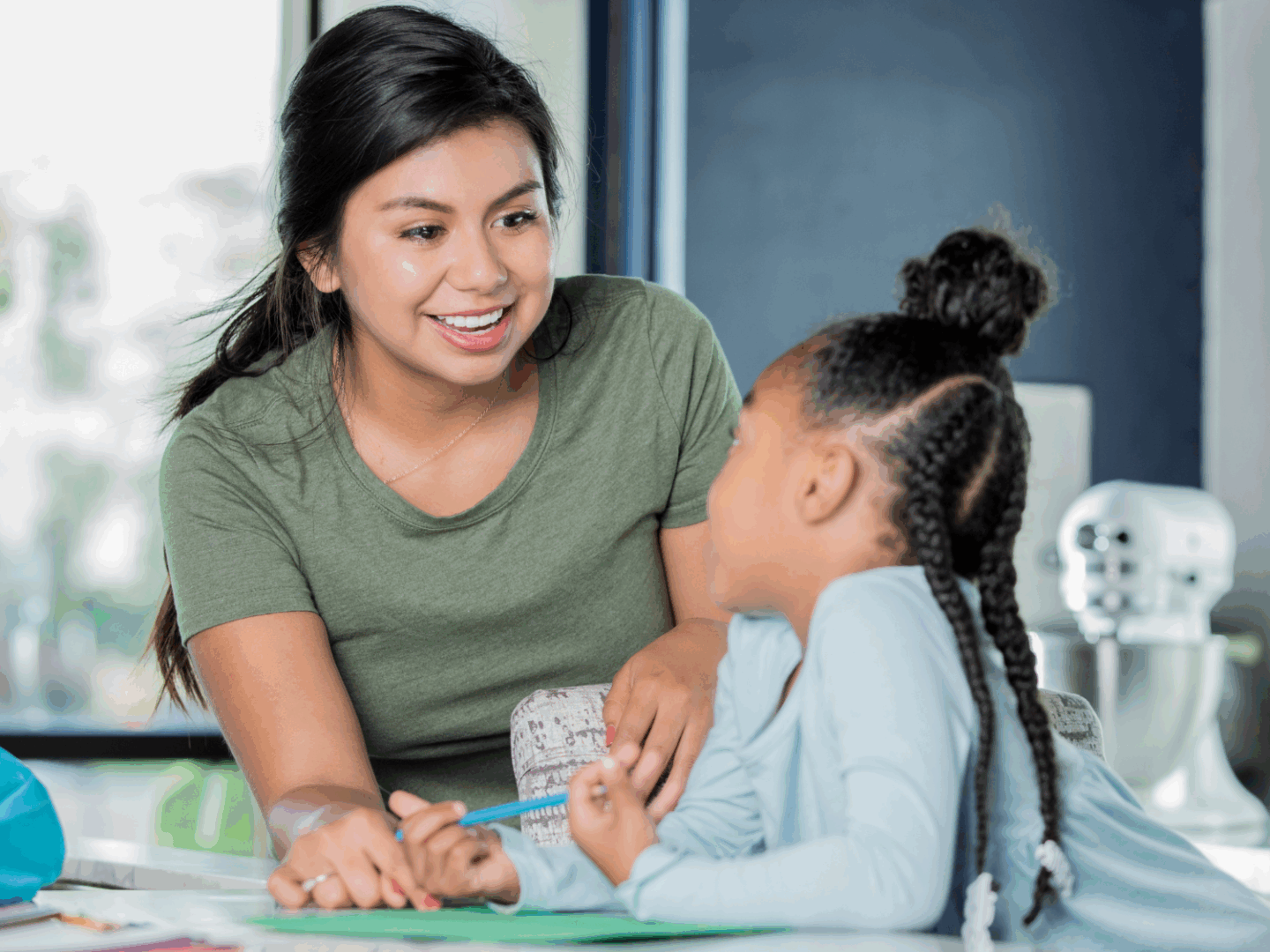

A common question/statement I get from friends, family’s, etc. is “speech therapist help make speeches right?” Or “you help fix someone’s R sound, right?”. Yes about helping with an R sound, but not exactly true. I thought this might be a good place to talk about what is speech therapy and what is in our scope of practice. Our scope encompasses these areas: articulation, fluency, voice and resonance, language, cognition, auditory habilitation/rehabilitation, feeding and swallowing, social communication, and communication modalities. Let’s go into a little detail about each of these areas:
Articulation – this involves producing speech sounds accurately in order for familiar and unfamiliar communication partners to understand someone
Fluency – this refers to the smoothness and effortless flow of one’s speech rate. This category addresses stuttering.
Voice and Resonance – within this category, it targets vocal quality, pitch, loudness, and resonance of sounds voice. Again, speech should sound smooth and effortless and if it is hoarse or strained, an SLP can support.
Language – this entails both expressive and receptive language skills. One may need support with storytelling, expressing their wants/needs/emotions, etc. encompassing comprehension or production of words, or support following instructions
Cognition – this area can address communication as a whole, such as memory, attention, problem solving, executive functioning, organization, etc.
Auditory Habilitation / Rehabilitation – hearing loss or damage could impact speech and language development, therefore, is a crucial area to check when starting speech services.
Feeding and Swallowing – SLPs have a deep understanding of the head and neck which includes the mechanisms to swallowing. Oral motor movements and impairments can overlap with swallowing and speech sounds
Social communication – this may be referred to as [social] pragmatic. Some have difficulties with communicating socially and SLPs and work with these individuals to best support their needs and how to engage appropriately throughout their day
Communication modalities – use your whole communication tool bag! We encourage you to use a plethora of communication modalities to communicate your needs such as verbalizations, ASL, AAC devices, gestures, visuals, etc.
We know that it can be intimidating to jump into therapy, so if you have questions about if this might be right for your child or family give us a call! We’d love to help you walk through it!
-Alli